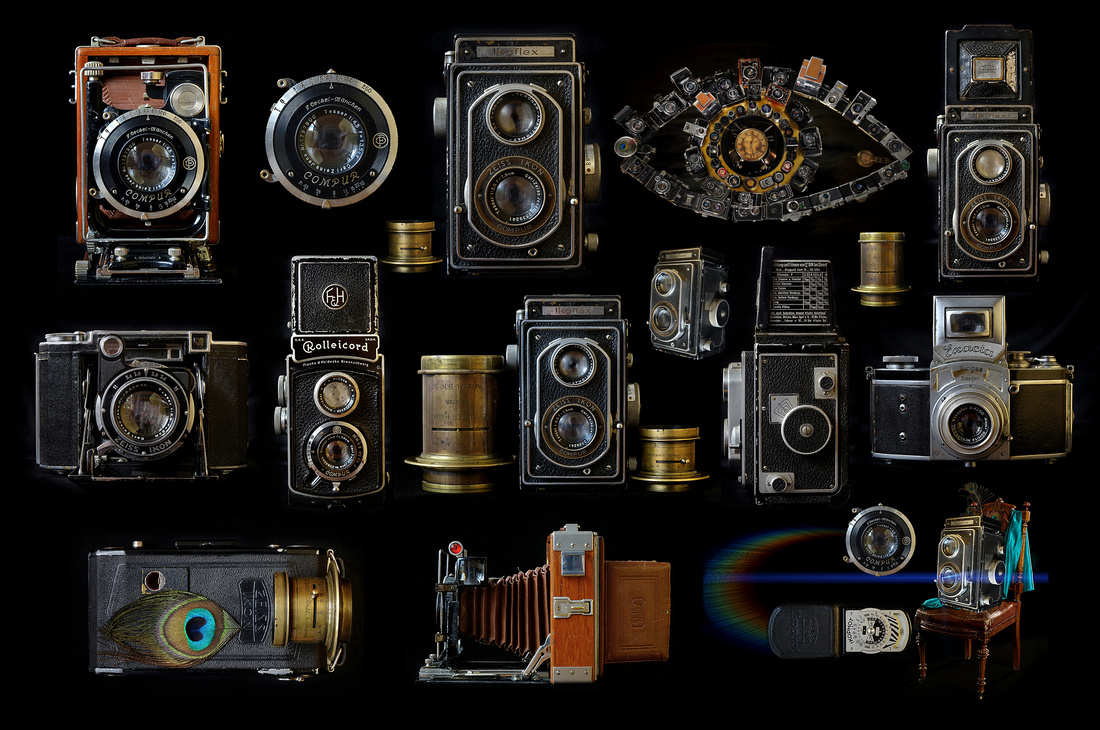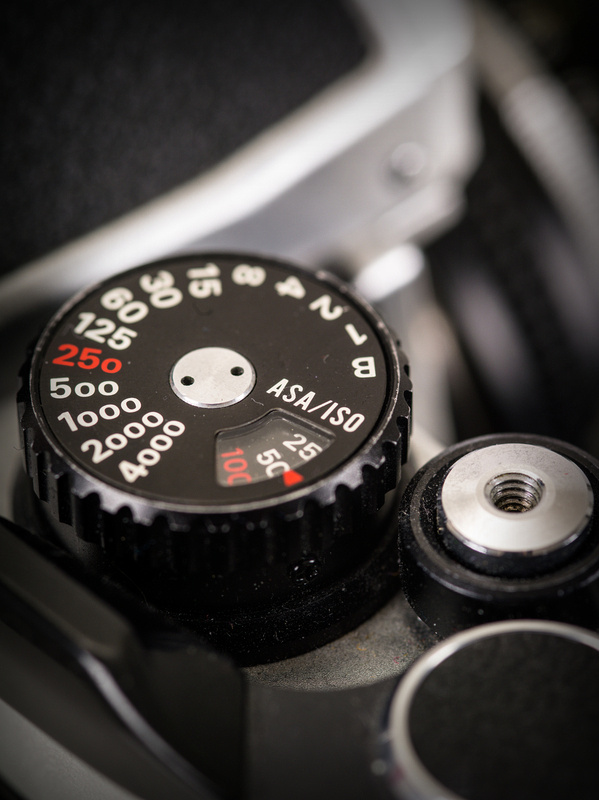"Mastering Shutter Speed: Essential Tips and Tricks for Clear and Sharp Photographs"


"Mastering Shutter Speed: Essential Tips and Tricks for Clear and Sharp Photographs"
History of the Shutter:
The evolution of the camera shutter is a fascinating story that spans more than a century and a half. It's a story that begins with simple pinhole cameras and flaps and ends with today's complex focal plane and in-lens shutters. Here is a detailed timeline of the inventors and contributors that made it possible.
5th century BC: Chinese philosopher Mo-Ti records the projection of an image in a darkened room called the 'Locked treasure room.
4th century BC: Aristotle expounds similar optical theories.
15th century AD: Leonardo Da Vinci, during the Renaissance, describes the Camera Obscura.
17th century AD: German astronomer Johannes Kepler called this device the 'Camera Obscura.'
1727: German professor Johann Heinischulze discovered that silver nitrate darkened on exposure to light.
1826: French lithographer Joseph Nicéphore captured an image through an eight-hour exposure onto coated glass, the first permanent photographic image.
1839: Louis Daguerre developed a photographic process, producing the first commercially successful system.
1845: The first recognizable shutter mechanism, a guillotine-type system, is developed by French physicists Fizeau and Fucault to photograph the sun.
In the 1860s: William English created a system that took the guillotine principle and added an adjustable aperture, the first focal plane shutter.
1888: George Eastman receives a patent for the camera's shutter and the trademark for the Kodak name.
The 1890s: Mechanical shutters with spring-driven mechanisms became common in the industry, replacing the pneumatic timer that was previously used.
1913: The first in-lens shutter, the Compur shutter, is developed by Friedrich Deckel.
The 1930s: Focal plane shutters are developed capable of shutter speeds as fast as 1/1000th of a second.
The 1950s: Electronic shutters appear in cameras, starting with the Kodak Ektra.
The 1960s: Focal plane shutters become more popular and versatile with the introduction of horizontally-traveling cloth shutters.
The 1970s: The first electronic focal plane shutter, the Honeywell Electronic Shutter, is introduced.
The 1980s: Shutter speed control is integrated with auto-exposure systems in cameras.
The 2000s: Electronic shutter technology improves, allowing shutter speeds as fast as 1/8000th of a second.
From the early pinhole cameras and simple flaps or curtains to the complex focal plane and in-lens shutters of today, the evolution of the camera shutter has been a critical component in the advancement of photography. It's interesting to note the different advantages and drawbacks of each type of shutter and how they've been used to create different effects in photography.
It's also worth noting that while electronic shutters are now widely used in modern digital cameras, the principles behind mechanical shutters still apply. Whether the focal plane shutter's fast action or precise control of the in-lens shutter, the shutter remains a critical component in capturing the perfect image.
Overall, the evolution of the camera shutter is a testament to the ingenuity and creativity of photographers and inventors over the years, and it's exciting to see how this technology will continue to evolve in the future.
The Modern Shutter:
Most modern digital cameras use electronic shutters, but the principles behind mechanical shutters still apply. The two most common mechanical shutters are the focal plane shutter and the in-lens shutter.
In conclusion, the evolution of the camera shutter has been a critical component in the advancement of photography, and it's a testament to the ingenuity and creativity of photographers and inventors over the years. The different types of shutters have unique advantages and drawbacks, and understanding these differences can help photographers achieve different effects in their work. As technology evolves, it will be exciting to see how the camera shutter advances and pushes the boundaries of what is possible in photography.
The camera shutter is a mechanical or electronic device that controls the amount of light that enters the camera during a photograph. It works by opening and closing a barrier in front of the camera's sensor or film, allowing light to enter and creating an image.
The shutter is an essential camera component, as it helps control the image's exposure. By adjusting the shutter speed, photographers can control how much time the sensor or film is exposed to light, which can affect the brightness and sharpness of the image. For example, a fast shutter speed can freeze a moving subject in a sharp image, while a slower shutter speed can create a blurred effect or capture more light in low-light situations.
Here is a basic breakdown of the mechanics of a modern camera shutter:
- Shutter Button: The shutter button is the mechanism that initiates the shutter's movement. When the photographer presses the button, it triggers the opening and closing of the shutter.
- Shutter Blades: The shutter blades are the components that physically block and unblock the camera sensor or film. They are usually made of metal or cloth and can move up and down, side to side, or in a circular motion, depending on the type of shutter.
- Shutter Curtain: The shutter curtain is the barrier that blocks light from entering the camera when the shutter is closed. It is usually made of cloth or plastic and designed to move quickly and smoothly, allowing fast shutter speeds.
- Shutter Motor: In some modern cameras, an electronic motor controls the movement of the shutter blades and curtain. This gives the photographer more precise, consistent shutter speeds and faster shooting rates.
- Shutter Speed Dial: The shutter speed dial is the component that allows the photographer to adjust the speed at which the shutter opens and closes. You can manually control the shutter to create various photographic effects.
The camera shutter is critical in controlling the exposure and creating the perfect image. The mechanics of the shutter have evolved to become more precise and reliable.
By the numbers a short list of typical shutter speeds and when to use them in different photography situations:


- 1/8000 - Use this speed for freezing action in bright light conditions, such as sports or wildlife photography, or for creating a shallow depth of field in bright light.
- 1/4000 - Use this speed for freezing action in bright light conditions, such as sports or wildlife photography, or for creating a shallow depth of field in bright light.
- 1/2000 - Use this speed to freeze fast-moving subjects in moderate light conditions or create a shallow field depth in moderate light.
- 1/1000 - Use this speed to freeze fast-moving subjects in moderate light conditions or create a shallow field depth in moderate light.
- 1/500 - Use this speed to freeze movement in low light conditions or create a shallow field depth in low light.
- 1/250 - Use this speed for freezing movement in low light conditions or creating a shallow field depth in low light.
- 1/125 - Use this speed to capture everyday scenes in moderate light or create a moderate depth of field.
- 1/60 - Use this speed to capture everyday scenes in moderate light or create a moderate depth of field.
- 1/30 - Use this speed to capture still subjects in low light or create a deep depth of field.
- 1/15 - Use this speed to capture still subjects in very low light or create an intense field depth.
These are just general guidelines, and the appropriate shutter speed will depend on the lighting and movement conditions you're working on and the photograph's overall creative look and feel. It's also important to remember that shutter speed is only one exposure control component and should be used with other settings such as aperture and ISO.
In Conclusion:
You're already well aware of the power of photography. How a single image can capture a moment, evoke emotion, and tell a story is nothing short of magic. But, to unlock that magic, you must know your camera's capabilities and be willing to take risks, experiment, and, above all, keep shooting.
Don't let the fear of failure or the limitations of your equipment hold you back. You are the creator of your experience, and the only thing stopping you from creating amazing photographs is yourself.
So, push yourself to explore new perspectives, take risks, and see the world in a new light. Embrace your creativity and your passion for photography. Learn everything you can about your camera and its unique features, then use that knowledge to create something truly memorable.
Ultimately, it's not about your camera or your gear. It's about your passion, your vision, and your willingness to take that passion and vision and turn it into something extraordinary. You can create images that inspire, evoke emotion, and tell a story.
So, my friends, I urge you to use that power to create something unforgettable. Get out there, keep shooting, and remember, the only limit is the one you set for yourself.
Thank you for stopping by.
Sincerely,
Randy
